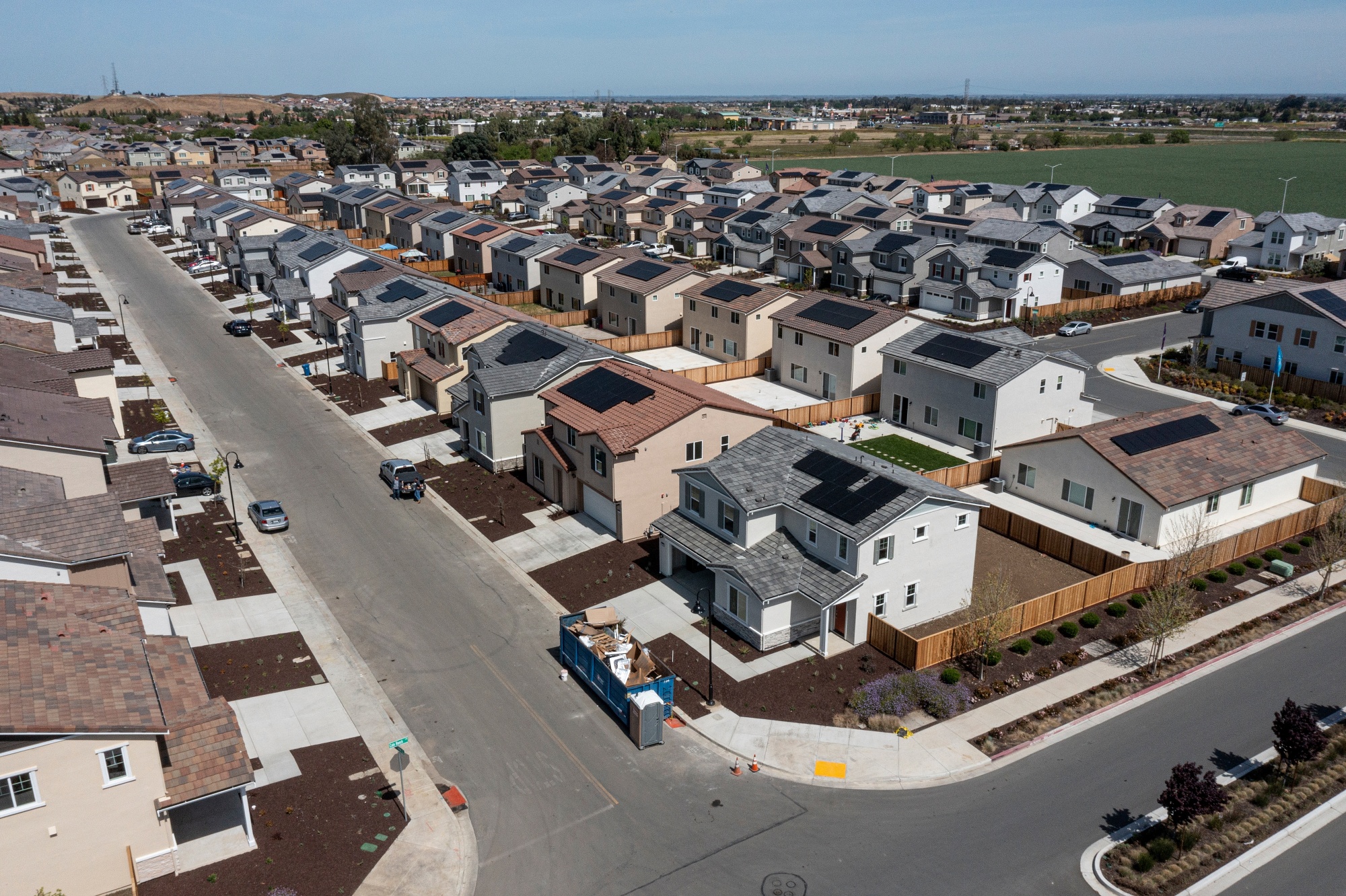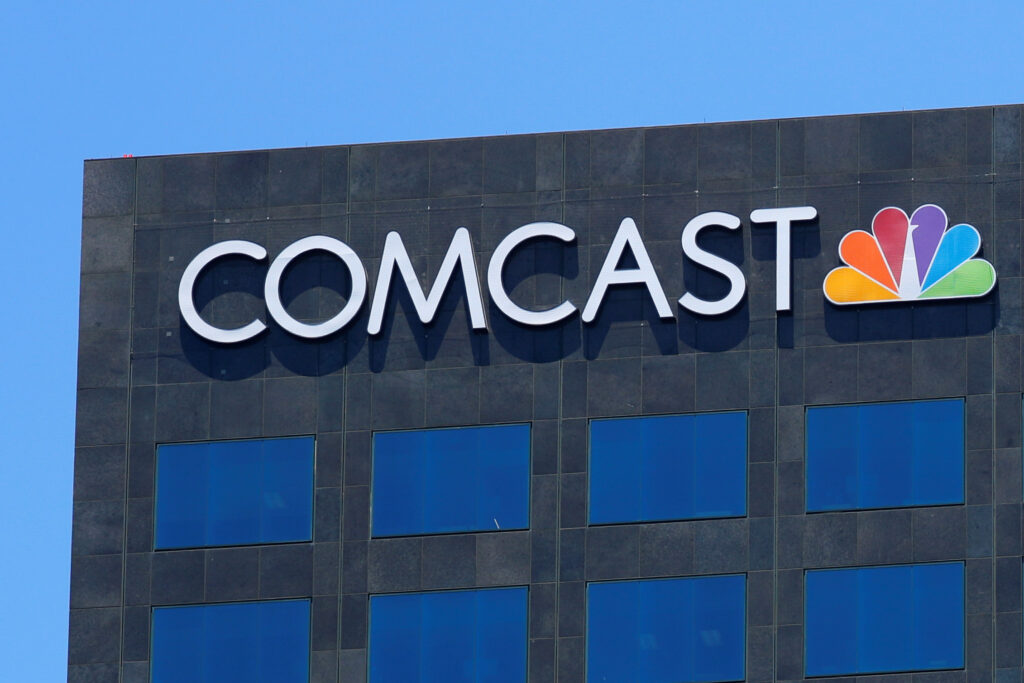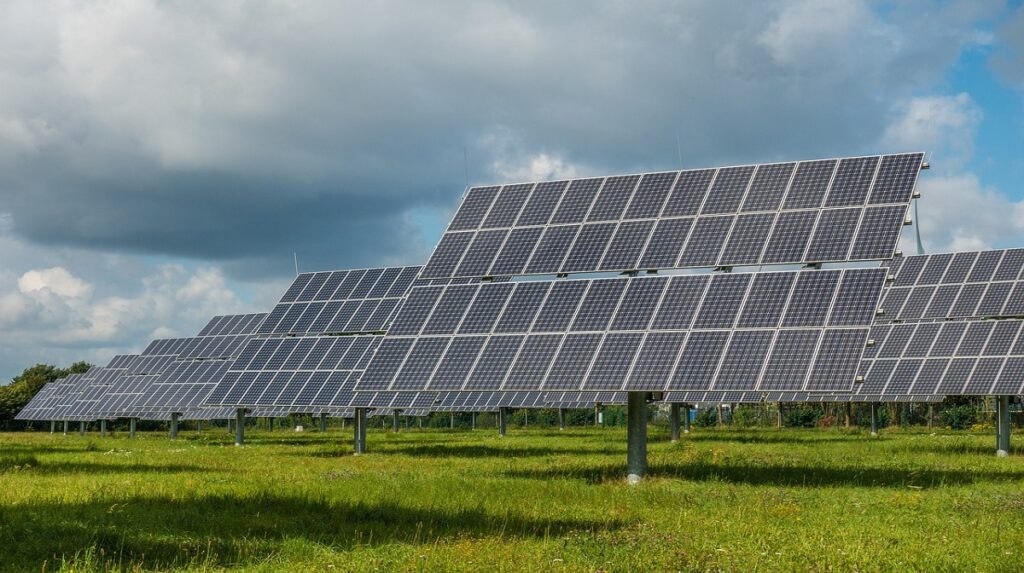The economic indicators are in, and the initial reactions have been enthusiastic: Inflation is easing, the stock market is performing well, wages are rising, and job opportunities are plentiful. By many measures, the economy is thriving.
However, despite these positive developments, most Americans remain cautious, not quite ready to celebrate. This sentiment, often referred to as a “vibecession,” persists even though surveys indicate that individuals generally feel optimistic about their personal finances.
The main culprit behind this restrained optimism? The relentless rise in housing costs.
The Consumer Price Index (CPI) recently showed a 3.3% increase on an annualized basis. This means that the prices of everyday goods and services have risen by 3.3% on average compared to a year ago. In some sectors, prices are even decreasing as major retailers respond to consumer pushback against high costs.
A closer look at the “supercore” CPI—which excludes food, fuel, and housing costs—reveals an even brighter picture. Supercore prices have only increased by 1.9% from a year ago, aligning perfectly with the targets of most central banks worldwide.
Yet, real life doesn’t allow us to ignore the essential costs of food, gas, and, notably, housing.
Shelter costs, encompassing both rent and the estimated cost of homeownership, have surged by 5.4% over the past year. While this represents a slight improvement from April and a significant decrease from the peak of 8.2% in March last year, it remains a substantial burden. Pre-pandemic, shelter inflation typically hovered around 3.5% annually.
Jay Parsons, an economist and head of investment strategy at Madera Residential, described the situation as “an 18-wheeler riding its brakes down a mountain. We know where it’s headed, but it’s a slow descent.”
The CPI’s monthly fluctuations are just one aspect of the complex housing situation. Notably, the CPI does not account for the cost of purchasing a home, which is currently a significant challenge in its own right.
Federal Reserve Chair Jerome Powell acknowledged the complexity of the housing market, stating, “Ultimately, the best thing we can do for the housing market is to bring inflation down so we can bring rates down, so that the housing market continues to normalize.”
However, the path to normalization is fraught with obstacles. Housing supply remains low, mortgage rates have been hovering around 7% for months, and home prices continue to reach unprecedented highs. These factors have created a stagnant market where both buying and moving have become prohibitively expensive for many.
For those fortunate enough to find affordable housing, the financial burdens don’t end at closing. A recent Bankrate study found that U.S. homeowners now spend an average of $18,100 annually on home-related costs beyond the purchase price, including property taxes, insurance, maintenance, and energy. This marks a 26% increase from four years ago, when the average annual cost was $14,400.
There are early signs that the housing market may be slowly improving. Zillow’s latest market report indicates that more sellers are entering the market, though buyer enthusiasm has waned. Home sales in May were 6% lower than last year, contributing to a 22% increase in housing inventory compared to last year’s near-record low. Despite this, inventory remains 34% below pre-pandemic levels, the smallest deficit in over three years.
Orphe Divounguy, a senior economist at Zillow, noted, “Homeowners who may have put off listing their homes are done waiting.” However, the combined impact of inflation and high borrowing costs has deterred first-time buyers, reducing competition in the housing market. “If these trends hold, we’re likely to see price growth flatten or tick down over the next year,” Divounguy predicted.
Nevertheless, as Powell pointed out, it may take years for housing inflation to normalize. Douglas Duncan, senior vice president and chief economist for Fannie Mae, emphasized the complexity of the issue, stating, “There’s not a silver bullet. Part of it is access to land near where people either want to live or must live based on their employment. There are many small-scale experiments taking place, but no one has found a definitive solution yet.”
In conclusion, while the economy displays many signs of health and vitality, the persistent rise in housing costs remains a significant hurdle. As policymakers and market participants grapple with these challenges, the quest for stability in the housing market continues to be a critical factor in the overall economic landscape.




